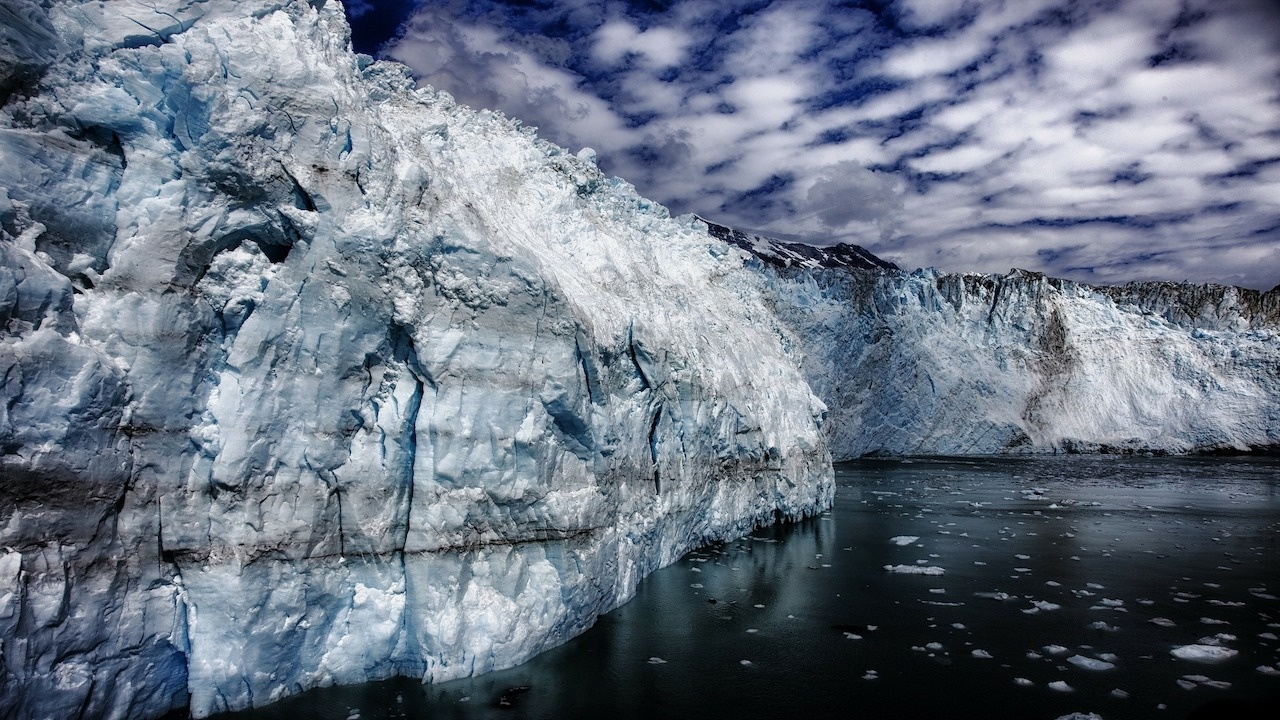Ancient ice from Antarctica and Greenland reveals powerful volcanic eruptions that occurred during the last ice age, the online edition of Juricalart reported.
Sixty-nine of them have been stronger than any eruption in modern history.
According to experts from the University of Copenhagen, who are behind the study, this volcanic activity may show the planet's sensitivity to climate change.
"We have not experienced any of the most powerful volcanic eruptions in history.
We can see this now.
Eyjafjallajokull, which paralyzed European air traffic in 2010, is fading compared to the eruptions we found back in time.
Many of them have been stronger than any eruption in the last 2,500 years, "said Anders Swenson of the Niels Bohr Institute at the University of Copenhagen.
Comparing the ice of Antarctica and Greenland, he and his colleagues have been able to estimate the number and intensity of volcanic eruptions over the past 60,000 years.
So far, the findings of these phenomena more than 2,500 years ago have been associated with great uncertainty and inaccuracy.
Eighty-five of the volcanic eruptions identified by researchers were large and global.
Sixty-nine of them are estimated to be more powerful than the eruption of Tambora volcano in Indonesia in 1815 - the largest in documented human history.
Then so much sulfuric acid is released into the stratosphere that it blocks sunlight and causes global cooling in the years to come.
The eruption also caused a tsunami, drought, famine, and at least 80,000 people died.
"To reconstruct ancient volcanic eruptions, ice core analyzes offer several advantages over other methods. Every time a truly large eruption occurs, sulfuric acid is released into the upper atmosphere, which then spreads around the world - including Greenland and Antarctica. We can estimate the size of an eruption based on the amount of sulfuric acid dropped, "explains Anders Swenson.
In a previous study, researchers were able to synchronize the ice of Antarctica and Greenland, ie.
to date the respective layers of the nucleus to the same time scale.
In this way, they can compare sulfur residues and determine when sulfuric acid has spread to both poles after significant global eruptions.
"The new chronology of 60,000 years of volcanic eruptions gives us better statistics than ever.
We can now see that many more of these powerful eruptions occurred during the prehistoric ice age than in modern times.
Because large eruptions are relatively rare, it takes a long time to know when they happen, ”explains Anders Swenson.
He says that when they are strong enough, volcanic eruptions can affect the global climate, where a 5-10 year cooling period is usually observed.
That's why there's a lot of interest in mapping the big eruptions of the past - they can help look to the future.
"The ice contains information about the temperatures before and after the eruptions, which allows us to calculate the impact on the climate," explains the Danish specialist.
The data from the study are published in the publication "Climate in the mouth".
Antarctica
Greenland
